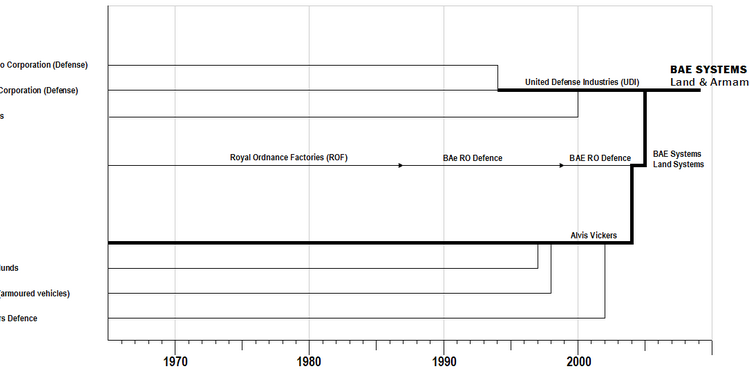The sinking of a nuclear sub reveals the challenges in China’s naval ambitions.
- A Chinese nuclear-powered submarine reportedly sank at a shipyard in Wuhan.
- The incident highlights China’s challenges in modernizing its navy to compete with the U.S.
- China aims to expand its nuclear submarine fleet to enhance military capabilities and assert control over regional waters.
- Experts suggest that such accidents are common in the development of complex military systems.
- China’s submarine fleet currently includes 12 nuclear-powered submarines and 48 diesel-powered ones.
- The U.S. has a more advanced submarine force, entirely composed of nuclear-powered vessels.
- China’s military modernization efforts have faced issues, including corruption scandals among senior officials.
- The Pentagon projects that China will increase its submarine fleet to 65 by 2025 and 80 by 2035.
A recent incident involving a Chinese nuclear-powered submarine sinking at a shipyard in Wuhan has brought to light the significant challenges China faces in its quest to modernize its navy and compete with U.S. maritime power. As part of its military expansion efforts, China has been striving to enhance its fleet of nuclear submarines, which are crucial for asserting control over regional waters and projecting power globally, particularly in the context of Taiwan. nnThe mishap, reported by U.S. officials, raises concerns about the design, quality control, and training involved in China’s submarine development. While some analysts believe such accidents are typical in the development of complex military systems, they also highlight the steep learning curve China must navigate. The sunken vessel has been salvaged, but it will take time to restore it to operational status. nnChina’s current submarine fleet consists of 12 nuclear-powered submarines and 48 diesel-powered ones, which are less capable due to their shorter range and need to surface more frequently. In contrast, the U.S. maintains a robust fleet of 53 attack submarines, 14 ballistic-missile submarines, and four guided-missile submarines, all of which are nuclear-powered. nnDespite having the largest navy in terms of hull count, analysts argue that the People’s Liberation Army Navy still lags behind the U.S. in terms of genuine oceangoing capabilities. The Pentagon projects that China will continue to upgrade its submarine fleet, aiming for 65 submarines by 2025 and 80 by 2035. nnChina’s military modernization, spearheaded by leader Xi Jinping, has faced various challenges, including corruption scandals among high-ranking officials. As the U.S. and its allies bolster their military capabilities to counter China’s growing influence, the pressure is on Beijing to overcome its submarine development hurdles and enhance its naval prowess.·
Factuality Level: 7
Factuality Justification: The article provides a detailed account of the reported sinking of a Chinese submarine and discusses the implications for China’s naval capabilities. While it includes expert opinions and historical context, some statements may reflect bias or assumptions about China’s military ambitions. Overall, the article is informative but could benefit from a more balanced presentation of facts.·
Noise Level: 8
Noise Justification: The article provides a detailed analysis of China’s submarine development challenges, including expert opinions and historical context. It discusses the implications of these challenges on China’s military modernization and U.S. maritime power, while holding powerful figures accountable for their decisions. The article stays on topic, supports its claims with data, and offers insights into the future of China’s naval capabilities.·
Key People: Nick Childs (senior fellow for naval forces and maritime security at the International Institute for Strategic Studies), Sam Roggeveen (defense analyst at Lowy Institute), Xi Jinping (Chinese leader), Collin Koh (senior fellow and maritime-security specialist at the S. Rajaratnam School of International Studies)
Financial Relevance: No
Financial Markets Impacted: No
Financial Rating Justification: The article primarily discusses a reported incident involving a Chinese nuclear-powered submarine sinking at a shipyard in Wuhan, China. While it mentions the challenges faced by China in building an advanced navy and its efforts to modernize its military, there is no direct impact on financial markets or companies mentioned in the article.
Presence Of Extreme Event: No
Nature Of Extreme Event: No
Impact Rating Of The Extreme Event: No
Extreme Rating Justification: The article discusses the sinking of a Chinese submarine, but this incident is not classified as an extreme event as it does not meet the criteria of having occurred in the last 48 hours or being the main topic of a significant crisis.·
Move Size: No market move size mentioned.
Sector: Defense
Direction: Down
Magnitude: Large
Affected Instruments: Stocks
 www.wsj.com
www.wsj.com 





